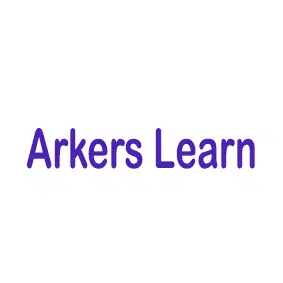
Role of Short Notes in Education
Introduction
Short notes are brief written records of something. They are typically used to record important points during meetings, lectures, and other events. Short notes can also be used to summarize a book or article. They can also serve as reminders of tasks that need to be completed.
How to Write effective short notes?
1. Keep it concise: The key to writing effective short notes is to ensure that they are as concise as possible while still conveying the intended message. Keep your notes succinct and to the point.
2. Use clear language: Use simple, straightforward language that is easy to understand. Avoid jargon or overly technical terms.
3. Be specific: Make sure to include all relevant details in the note. Vague or incomplete notes can lead to confusion or misunderstanding.
4. Utilize formatting: Use formatting techniques such as bolding, italicizing, and underlining to draw attention to important points.
5. Proofread: Before sending, make sure to read through the note to check for any errors or typos.
What are the advantages of short notes?
1. Short notes are easy to read and understand quickly.
2. They help to keep the reader focused on the main points.
3. They can be used to quickly jot down key ideas and concepts without taking up too much time.
4. They are great for summarizing lectures and presentations.
5. They make studying and reviewing material easier and more efficient.
6. They are helpful for retaining information and make it easy to reference key points.
Why short notes are helpful for students?
Short notes are helpful for students because they provide a concise and easily digestible summary of the material that was discussed in class. They can be used as quick reference material for studying or for writing papers and exam preparation. Short notes can also help students better retain the information presented in class, as well as help them to identify areas of improvement to focus their study efforts.



